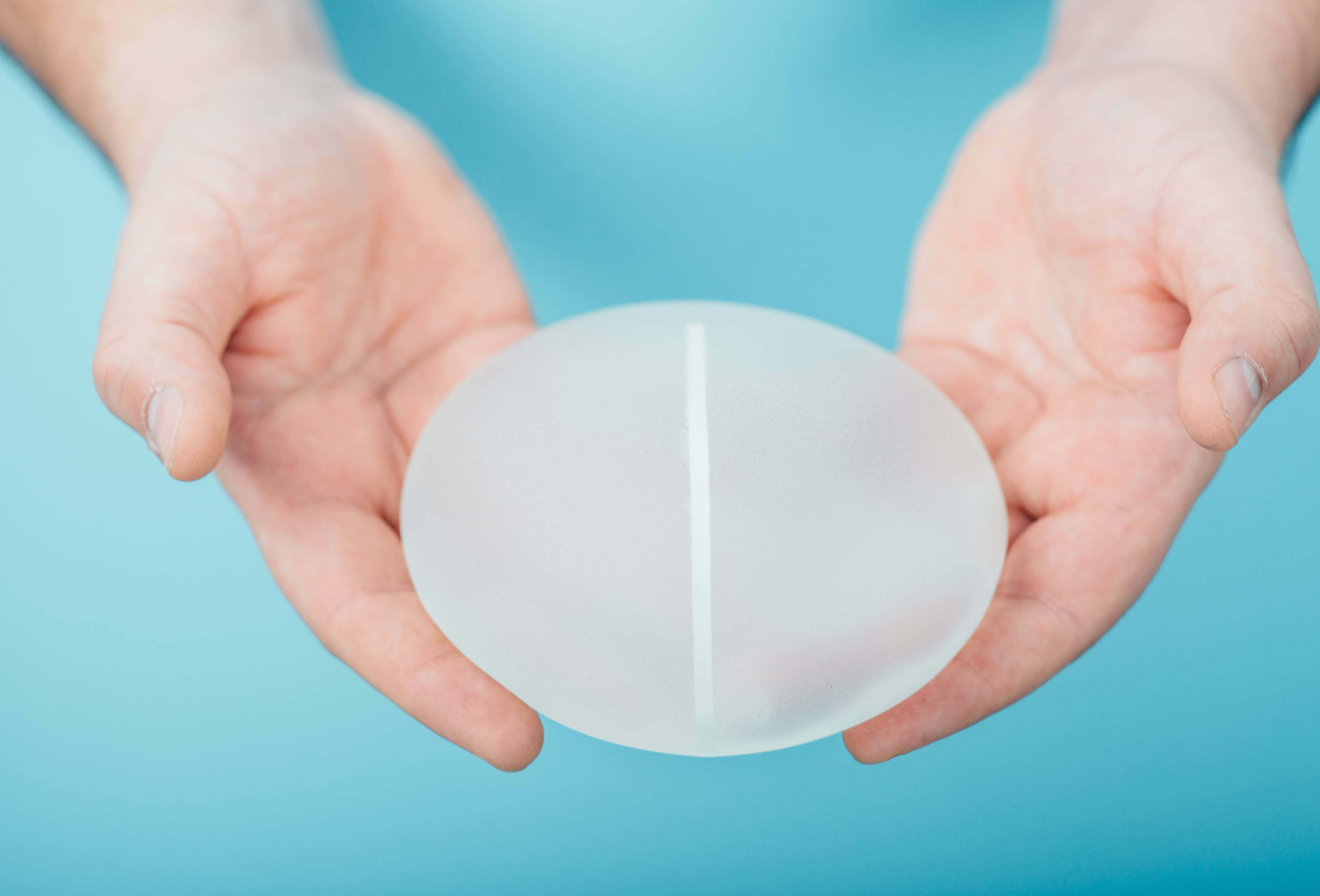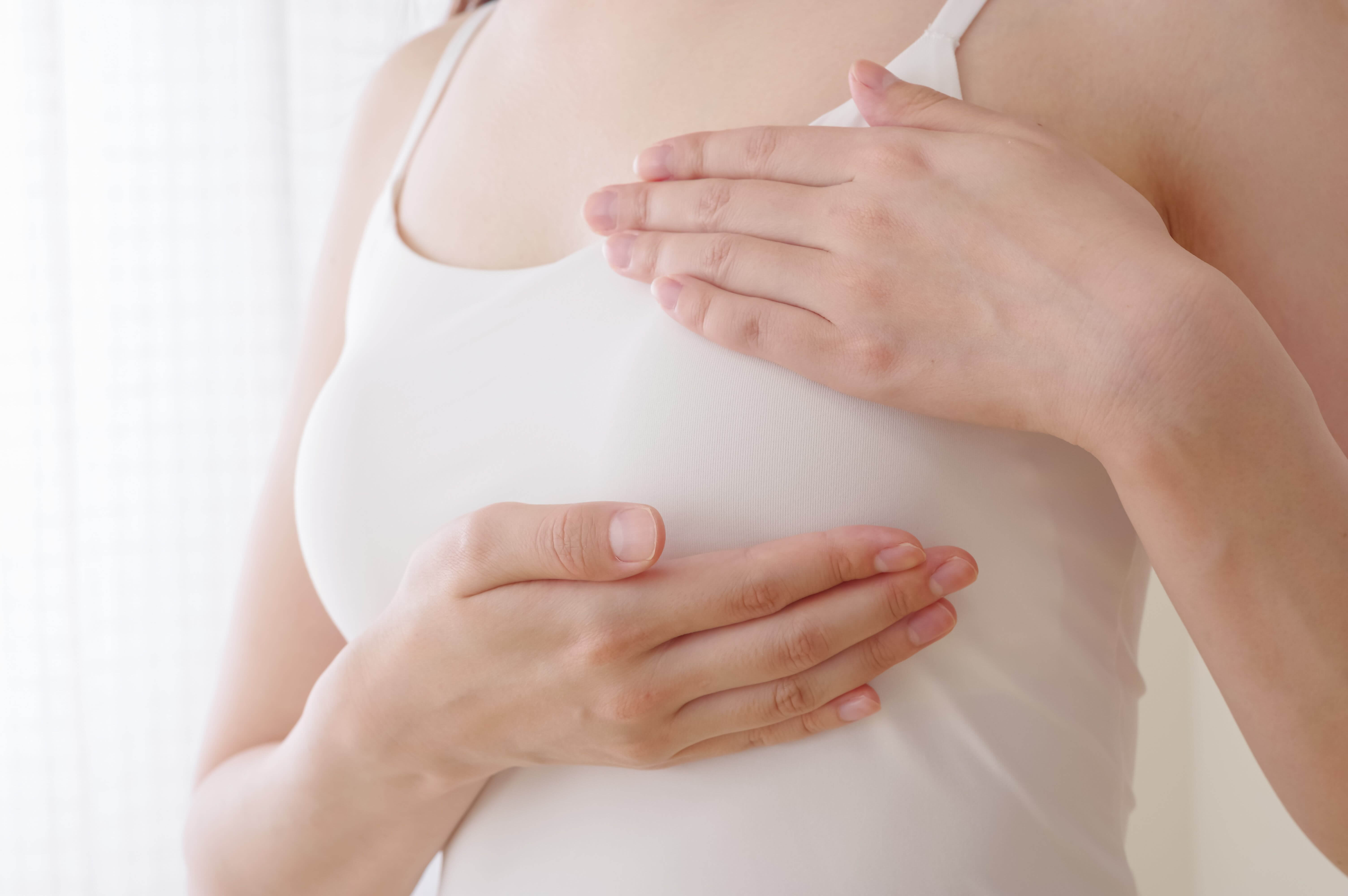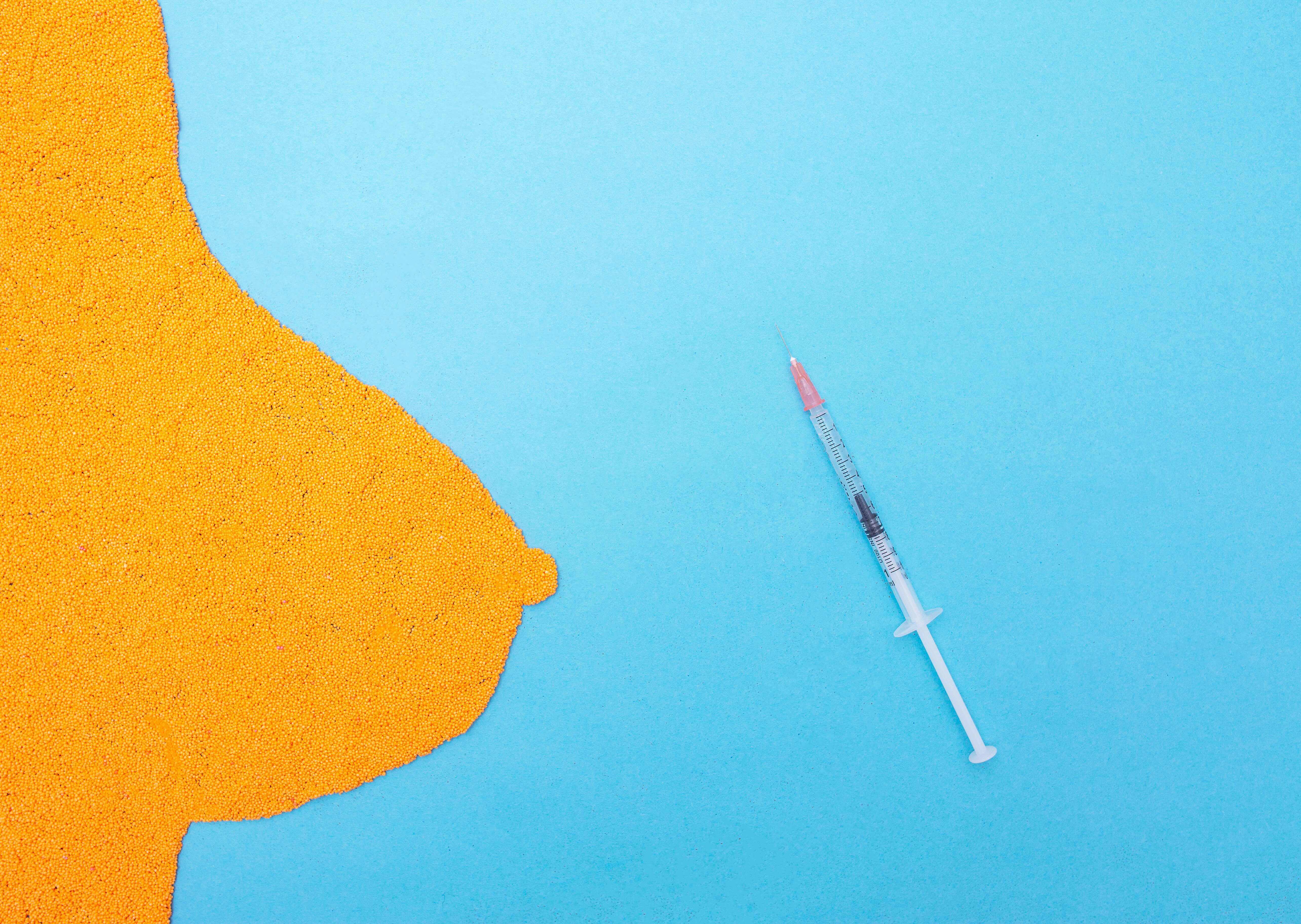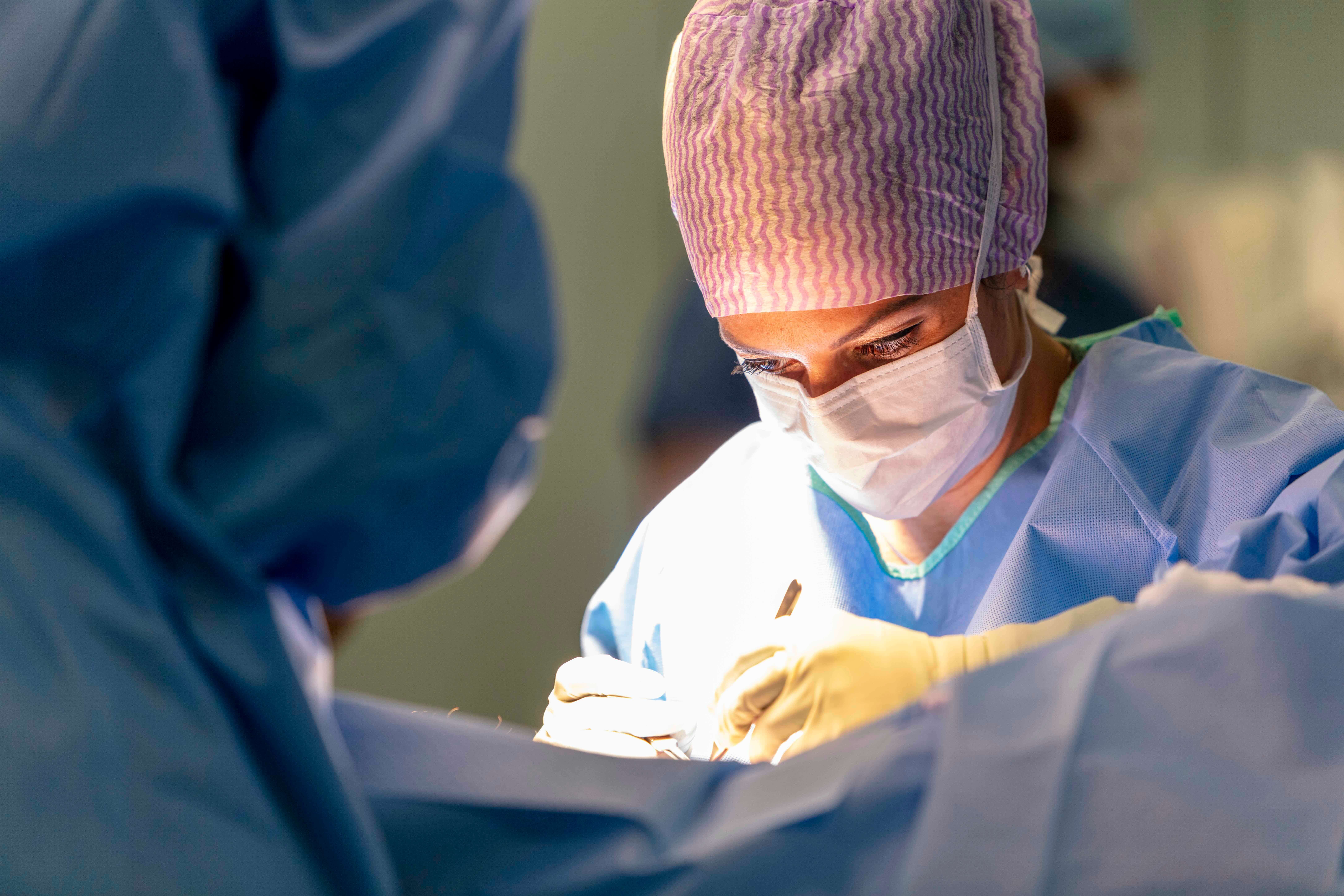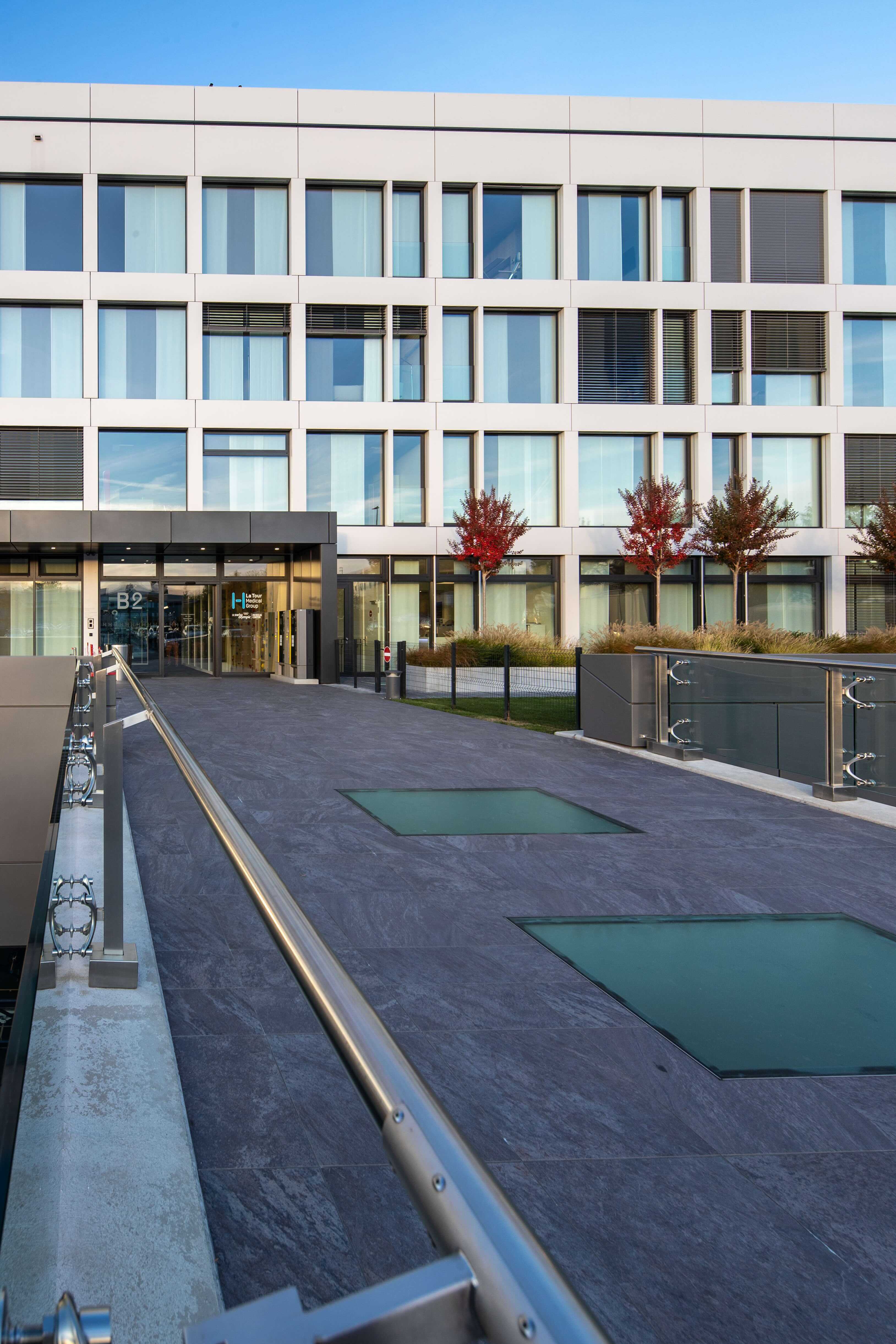La reconstruction mammaire est-elle obligatoire après une mastectomie ?
Non. Il s’agit d’un choix personnel. La décision dépend des souhaits, du contexte médical et du vécu de chacune.
Quelles sont les différences entre implant et lambeau ?
L’implant est une prothèse en silicone. Le lambeau utilise les propres tissus de la patiente (abdomen, dos, cuisse). Les lambeaux offrent souvent un rendu plus naturel, mais impliquent une chirurgie plus complexe.
Peut-on reconstruire le mamelon après une mastectomie ?
Oui. Il est possible de le recréer chirurgicalement, par tatouage médical 3D ou avec un mamelon adhésif. Ces solutions sont proposées plusieurs mois après la reconstruction du sein.
La reconstruction mammaire est-elle douloureuse ?
Comme toute chirurgie, elle entraîne des douleurs postopératoires temporaires, bien prises en charge. Les reconstructions par lambeaux impliquent une convalescence plus longue que celles par implants.
Quels sont les risques d’une reconstruction mammaire ?
Ils varient selon la technique : coque ou rupture d’implant, nécrose du lambeau, infection, ou asymétrie. Un suivi médical régulier permet de surveiller et traiter ces éventuelles complications.
Peut-on allaiter après une reconstruction mammaire ?
Non. Après une mastectomie totale, la glande mammaire est retirée, ce qui rend l’allaitement impossible, quelle que soit la méthode de reconstruction.
La reconstruction mammaire est-elle remboursée par l’assurance maladie ?
En Suisse, oui. L’assurance de base prend en charge l’ensemble du processus : reconstruction, retouches, chirurgie de symétrie, et remplacement d’implants en cas de complications.
Peut-on faire une reconstruction mammaire plusieurs années après une mastectomie ?
Oui. La reconstruction différée peut être réalisée des mois, voire des années après. Elle laisse le temps au corps de guérir et à la patiente de réfléchir à son projet.
